Sustainability
Case Study
For homeowners that want to reduce their eco-footprint, sustainable design makes the greatest impact. 'Green Design' has become a term, too often exploited for the wrong reasons in recent years. For me, a true environmentally conscious house needs to be sustainable or 'net-zero', which means what is taken from the earth is equal to what is given back, in both material and energy use.
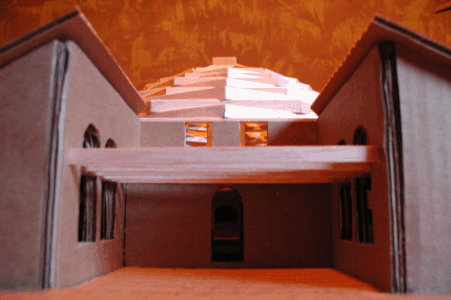
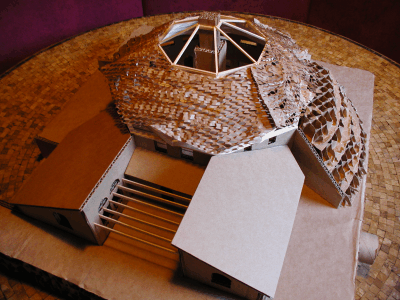
In this example, a family with a strong desire to live off the land, asked me to help them design and build a house using reclaimed building materials along with raw resources on site. Their dedication extended to the scale model I created, made from used cardboard boxes, packaging materials, and leftover balsa wood.
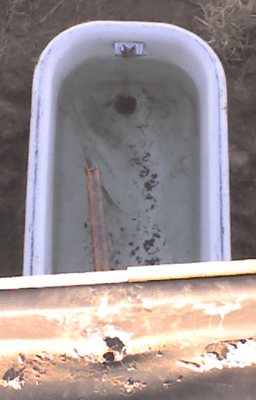
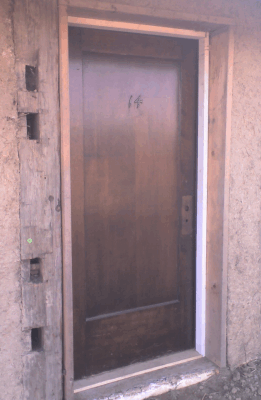
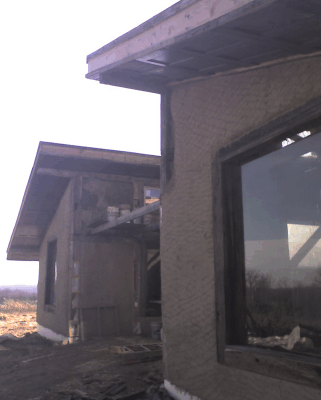
A large part of their success was fueled by their practical nature, as in re-using an old tub for rainwater collection during construction (left photo above), and their resourcefulness, demonstrated by the use of salvaged office doors as solid wood paneling for roof overhangs (right photo above).
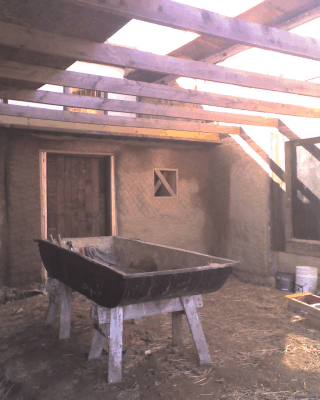
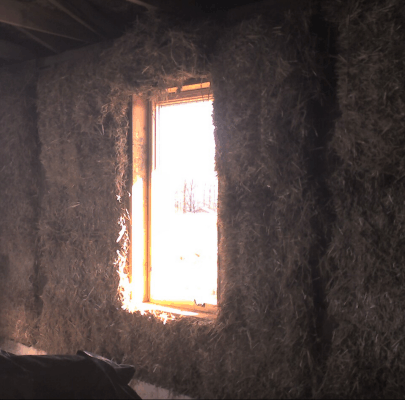
Since the homeowners are very talented with their hands, they decided to build the house themselves, which included mixing and applying earthen plaster (left photo above) to straw bale walls (right photo above).
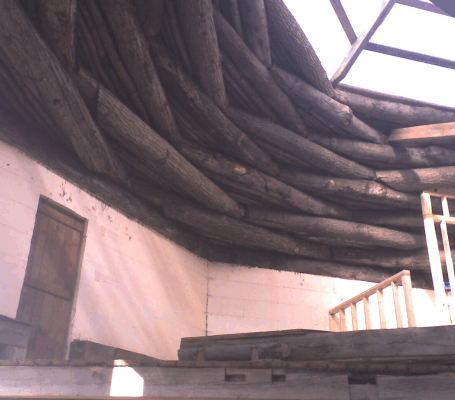
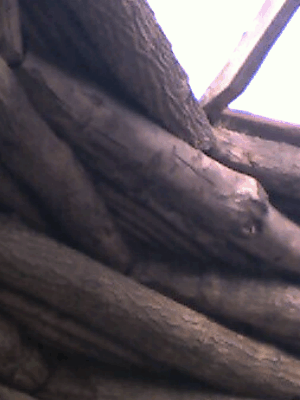
Borrowing from the Athabaskan Navajo of the American southwest, logs corbel around the eight sided central space to support a green roof atop, recreating the Hogan building techniques of over a millennium ago.
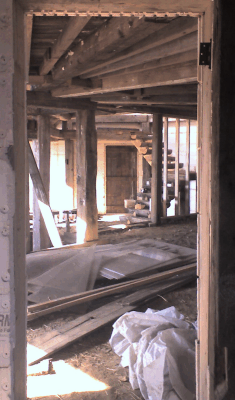
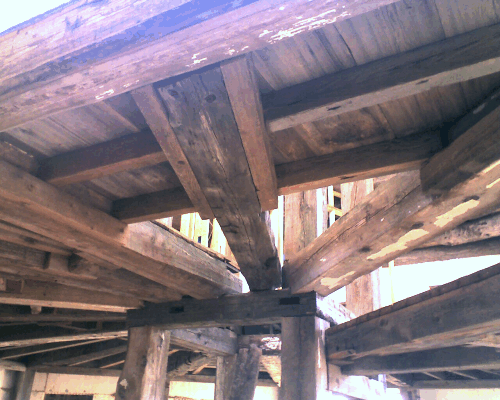
An Amish barn pre-dating the Civil War was salvaged from demolition, reclaiming oak, hickory and locust timbers, measuring twelve to sixteen inches square and forty feet in length, for the exposed post and beams radiating out from the home's central fireplace.
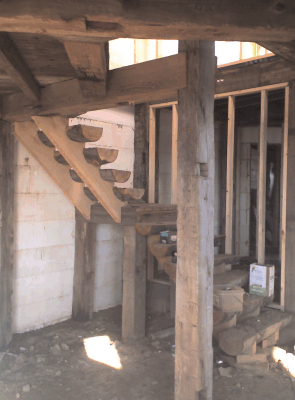
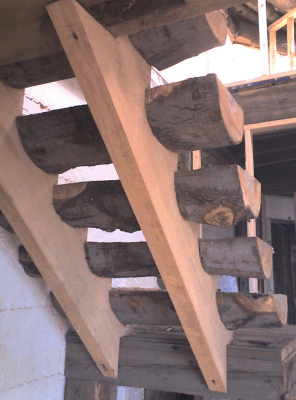
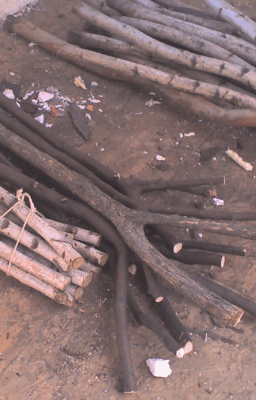
To finish off the house, the log plank stair that leads to the loft will be trimmed with willow and birch branches, woven together to form an organic lattice of handrail and railing.
Copyright © 2010 SCHLUEBarchitecture
For homeowners that want to reduce their eco-footprint, sustainable design makes the greatest impact. 'Green Design' has become a term, too often exploited for the wrong reasons in recent years. For me, a true environmentally conscious house needs to be sustainable or 'net-zero', which means what is taken from the earth is equal to what is given back, in both material and energy use.


In this example, a family with a strong desire to live off the land, asked me to help them design and build a house using reclaimed building materials along with raw resources on site. Their dedication extended to the scale model I created, made from used cardboard boxes, packaging materials, and leftover balsa wood.



A large part of their success was fueled by their practical nature, as in re-using an old tub for rainwater collection during construction (left photo above), and their resourcefulness, demonstrated by the use of salvaged office doors as solid wood paneling for roof overhangs (right photo above).


Since the homeowners are very talented with their hands, they decided to build the house themselves, which included mixing and applying earthen plaster (left photo above) to straw bale walls (right photo above).


Borrowing from the Athabaskan Navajo of the American southwest, logs corbel around the eight sided central space to support a green roof atop, recreating the Hogan building techniques of over a millennium ago.


An Amish barn pre-dating the Civil War was salvaged from demolition, reclaiming oak, hickory and locust timbers, measuring twelve to sixteen inches square and forty feet in length, for the exposed post and beams radiating out from the home's central fireplace.



To finish off the house, the log plank stair that leads to the loft will be trimmed with willow and birch branches, woven together to form an organic lattice of handrail and railing.
Copyright © 2010 SCHLUEBarchitecture